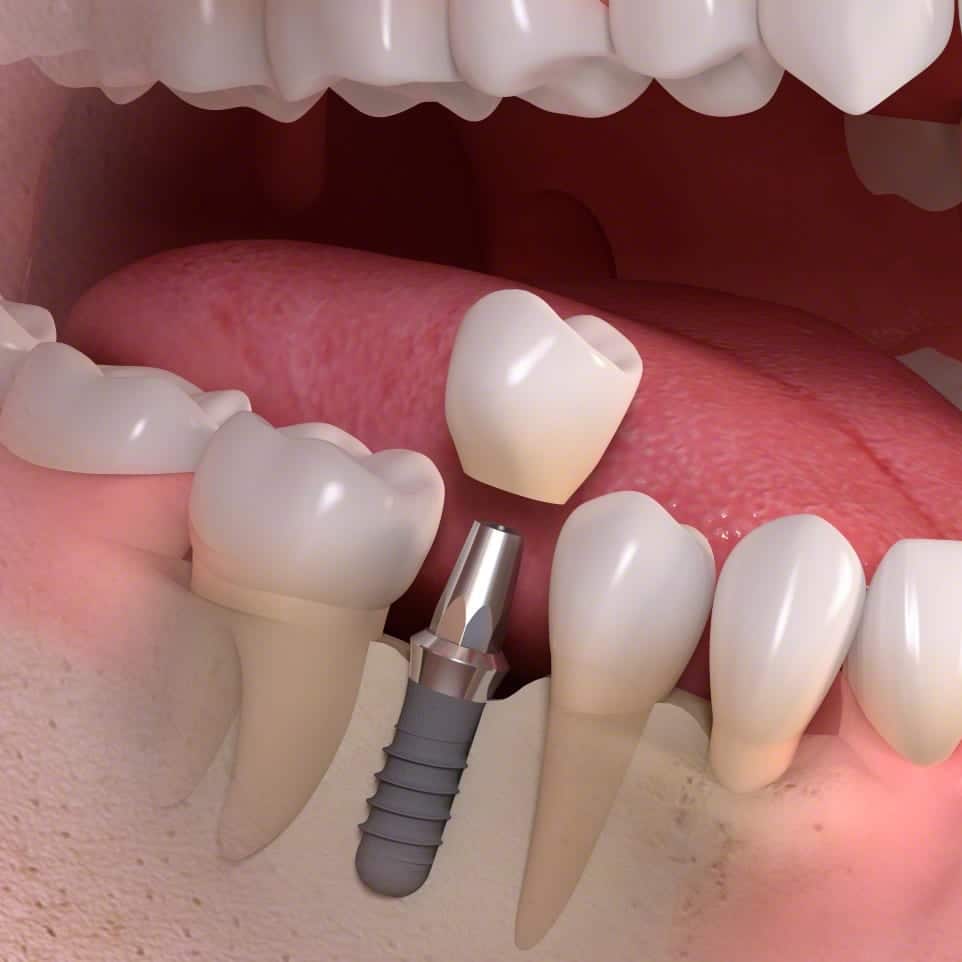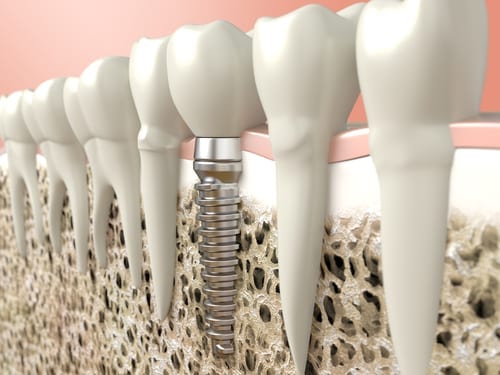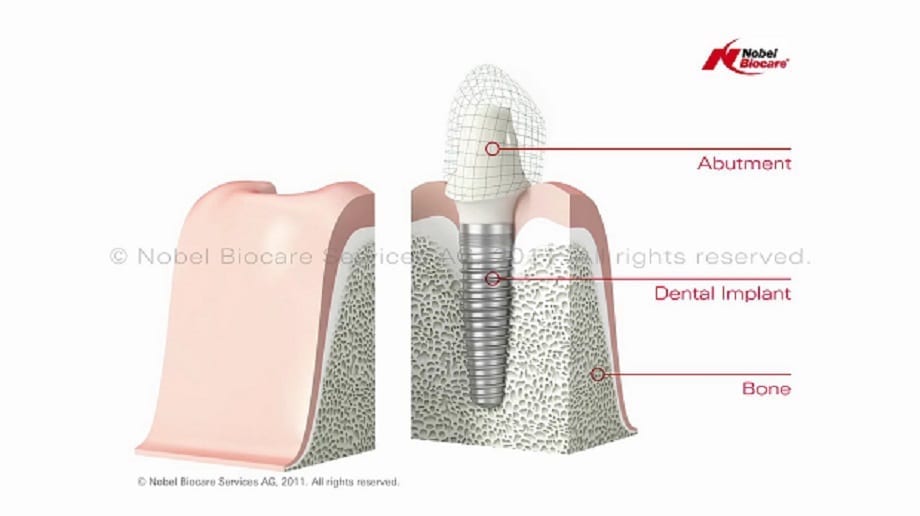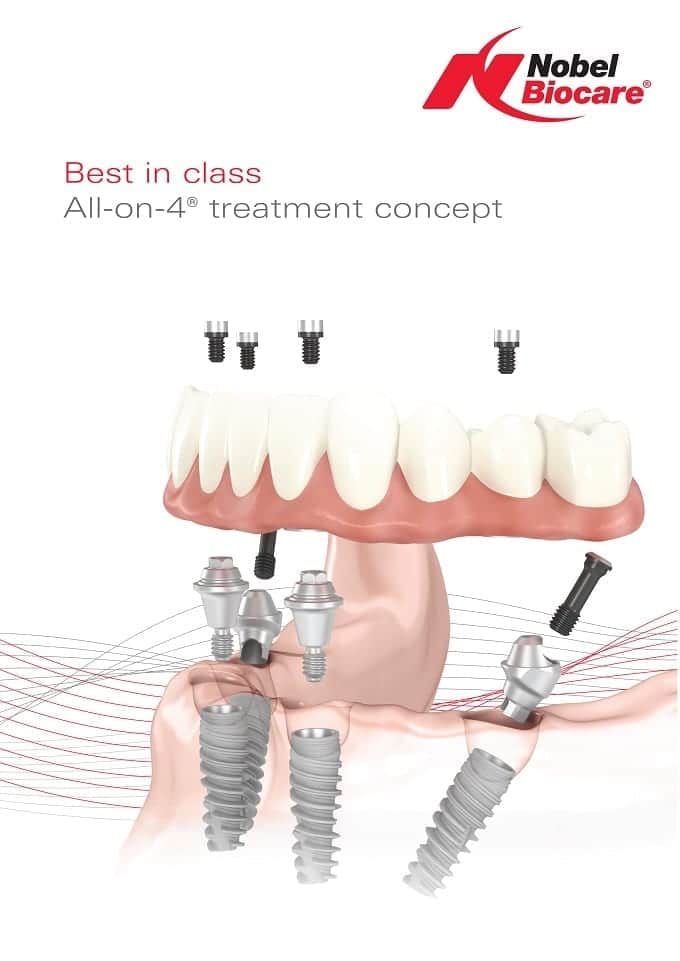Thailand is a Southeast Asian country that’s well known for its world-class healthcare, which also includes topnotch dental services. One of its most popular attractions for medical tourists is its high degree of success in dental implants.
If you’re considering getting implants for your mouth in Thailand, you should have adequate bone and healthy gums in order to support them. The implant itself is a titanium post that acts like the tooth root when it comes to anchoring crowns, bridges, and dentures to your mouth after losing or extraction tooth or teeth. It’s made to last and resist impact forces without becoming infected or destroyed like an organic tooth root.
If you want to get dental implant procedures for crowns, bridges, and All-on-4 to All-on-8 dental restorations at affordable prices without the quality of the service suffering then you should really avail of a dental tourism package to Thailand in clinics like the Thantakit Dental Center. You won’t regret it.
Page Contents
What Is a Dental Implant?

When you pull out or lose teeth, you usually replace them with dentures. The problem is that these new false teeth lack tooth roots that go beyond the gum line and anchor them to your jaw. You can use a bridge to hang the denture to two teeth or even one existing tooth, but the denture in question doesn’t have its own root. This is where the dental implant comes in.
- The Definition of an Implant: An implant—also known as an endosseous fixture or implant—is a post, frame, or stud made of titanium that you position surgically into the jawbone underneath the gums. An implant or set of implants allows the dentist to mount replacement crowns, bridges, or dentures into the area, thus completing your smile by replacing all your missing teeth in one go. The denture is infamous for getting loose and requiring dental glue to stay on your mouth.
- All About Osseointegration: The basis of why modern implants are so successful in making dentures and bridges feel like real teeth with solid roots is through osseointegration. It’s a biological process that involves using materials such as titanium to form a bone fusion or bond. When surgically implanting the implant fixture, it’s left onto the bone in order to osseointegrate, with the bone fusing with it, before adding the dental prosthetic. Healing time is variable.
- Dental Implant Healing Time: Osseointegration takes time and depends on how much time it takes for the surgery to heal. The denture, bridge, or false tooth is attached to the implant only after osseointegration is done or else the implant would be too loose. There are cases where implants can be loaded immediately but more often than not loading the bridgework or crown will only be performed within 2 to 6 months after the placement of the implant to ensure full healing and full osseointegration or bone fusing with the titanium post.
Two Types of Implants
Thanks to dental tourism packages, you can go to Thailand from places like the U.S., U.K., or Australia and pay for dental implants many times cheaper than your local implants even when you take into account travel expenses. At any rate, there are two types of dental implant approved as safe by the American Dental Association (ADA).
- Endosteal Implants: Endosteal implants are directly and surgically implanted right unto your jawbone. After the gum around the implant has healed up, a second surgery is required in order to connect the post to the original implant. It’s then when an artificial denture is attached to the post as individual teeth or as a group bridge. Unlike subperiosteal implants, endosteal implants require two surgeries in order to put the implant in then connect the post after.
- Subperiosteal Implants: Subperiosteal implants include a metal frame that’s inserted into the jawbone that’s below your gum tissue. As gum healing commences, the frame ends up affixed unto the jawbone. The posts that are attached to the frame end up protruding through the gums and will serve as the mounts for the false teeth or dentures. Only one surgery is required for this implant type.
How Do Dental Implants Work?

An implant works by fusing to your jawbone and anchoring your artificial teeth go your mouth. It provides stable support to your denture by being screwed right into your maxillary jawbone or mandible. This gives your denture that natural teeth feeling so that it doesn’t only look like teeth but feel like them too.
- No Shifting or Movement: Bridges and dentures won’t slip or shift in your mouth thanks to implants, which is particularly important if you want to be able to speak or eat. Your natural teeth won’t shift either now that the implant and denture are filling up the space where your missing teeth used to be. This is because your teeth will naturally fill in that gap by moving towards it over time.
- Secure Fit: Another benefit of having a dental implant is giving your cap, crown, bridge, or denture set a secure fit. What this means is that unlike conventional dentures and bridges that depend on shaven teeth turned into abutments in order to stay put on your mouth, the artificial root gives them a firmer base and feels more natural, ironically enough. You also won’t need to destroy healthy teeth to fit those crowns and bridges in there.
- Comfort versus Discomfort: For many people, ordinary false teeth that are detachable or bridges that serve as a cap for one or several teeth don’t feel comfortable at all or even possible. The discomfort comes from gagging, poor ridges, sore spots, and more. With implants, these mouth imperfections are avoided and you can fill in the spot where you’ve lost tooth or teeth in a snap. It’s simply more comfortable to go the implant route.
- The Trouble with Standard Bridges: Additionally, standard bridges require the dentist to attach them to perfectly healthy teeth on either side of the space where the missing tooth or teeth used to be. You can use one tooth (cantilever bridge) or two and more. You also need to shave or ground those teeth down into ugly little abutments to make them fit unto the bridge, which looks more like a cap or crown with two if the crowns fitting over the natural teeth.
- What to Expect from The Procedure: Once your dentist has fused a dental implant or artificial tooth root unto your mouth and jaw, it becomes much easier to place replacement teeth or dentures unto them. The implant serves as a solid foundation for your dentures to function and feel like natural permanent teeth. This surgical component fuses with the skull or jaw of the patient in order to support dental prosthetics. It can act as an orthodontic anchor or support for facial prosthetics, dentures, bridges, and crowns.
- Artificial Tooth Roots That Are Better Than Bridges: A dental implant is like an artificial tooth root the same way a crown or denture is artificial teeth. It benefits your general oral health because you don’t have to anchor your dentures to your healthy teeth as in the case of bridges, which entail drilling, carving, and shaving off perfectly healthy teeth to allow placement of a cap. Dentists are supposed to chip down surrounding teeth to turn them into abutment that make the crown or denture fit better over the gum area.
- Implant Prices Worldwide: Among the other methods of tooth restoration and replacement out there, implants are most certainly the most expensive of the bunch. This is because of the material that they’re made of, what’s entailed to place them into your mouth, the labor fees of the surgeon who’s supposed to do the operation, and so forth. For this reason, most dental insurance companies cover only less than 10 percent of the fees, which can run up to $1,500 to $6,000. In Thailand? It’s only $746.
Factors Dictating The Success or Failure of an Implant

The healthiness of the patient will make or break the success of the dental implantation process. The drugs taken by the individual will also affect osseointegration. If the tissues of the mouth of the person aren’t healthy or suffering from some sort of gingival or periodontal disease then that can loosen the implant the same way real tooth roots are loosened up by such infections. Keep in mind these important facts:
- Gum Healthiness Is Important: You might be disqualified as a dental implant candidate if your gums are unhealthy and/or you’re suffering from gum disease like gingivitis or periodontitis. The reason for this is because while your gums are infected, it’s not advisable for you to undergo a major dental surgery like putting in a dental implant for risk of making the infection spread or become worse. Treat the condition first until you’re ready for surgery.
- Stress and Bite Force Considerations: Normal dental functions such as bite force and the amount of stress on the implant will be taken into consideration as well. Proper planning and positioning is the key to ensure that a solid bridge or set of dentures is created when push comes to shove. Without such precautions, the long-term health of the implants will end up in jeopardy, particularly since biomechanical process from mastication or chewing can be great enough to dislodged poorly implanted posts.
- Adequate Jaw Height and Density: You should also have adequate bone density in your mandibular or maxillary jaws to support and anchor your implant. If your jawbone and chin is too thin or small to support an implant, you might have to pay extra for a bone graft to make the procedure possible. You can also require a sinus lift if your sinuses are too close to the jaw or there isn’t enough bone height on your upper jaw. Extra bone grafting will also lead to a longer healing time and a delay on the main implant procedure.
- Implant Positioning: The dentist and surgeon responsible for implanting the post should also determine the position of the implant relative to the angle of the adjacent teeth through CAD/CAM simulations or computed tomography. They could also use stents or surgical guides. To ensure that the osseointegrated dental implant stays stable, the gingival and bone should be healthy. Once they degrade or atrophy, the post will get dislodged, crooked, or even fall off.
- Atrophy Concerns: After tooth extraction, the gums and bones in the extraction area will decrease or become smaller than before, thus necessitating gingival grafts, sinus lifts, or bone grafts to create the ideal bone density and gum thickness required for a successful dental implant operation. Furthermore, the final prosthetic can be removable or fixed, glued right unto the post itself such that the person isn’t able to remove the prosthetic by themselves.
- The Abutment or an Adapter: An abutment is usually attached to the implant fixture to better secure the cap or bridge. It’s like an adapter that allows the dental prosthetics in question to have a better yet more adjustable fit in case of removal or prosthesis readjustment. After putting in the prosthetic, it’s then affixed to the abutment using dental cement or lag screw. A removable prosthetic uses a corresponding adapter within the cap or bridge to secure it to the post in a fashion where it can be removed.
Conclusion
For all those who wish for their smile to shine brighter and become more beautiful or handsomer, dental implant restoration is the treatment to get in Thailand. Before you can receive these implants, you should have adequate bone support and healthy gums. Otherwise, you’ll be disqualified as a candidate for implantation. Weak gums and bone will lead to a failed implant procedure, thus you might need to look into other restorative options (as in the case of senior citizens and their weaker bones and gums).
These structures should be maintained healthy once you receive the implant or else there’s a possibility of the implant popping out or causing infection in your mouth. Observe regular dental visits and meticulous oral hygiene in order to ensure your dental implant’s or implants’ long-term success. Thanks to implants, you won’t need to prepare or grind down any adjacent teeth to anchor down your bridge or set of dentures in place within your mouth.
Thantakit International Dental Center is Thailand’s longest established dental center. Situated in Bangkok, our clinic is renowned across the world as a destination for world-class dentistry, with most of our patients flying to us from Australia.
Please contact us today and get a FREE dental consultation.













